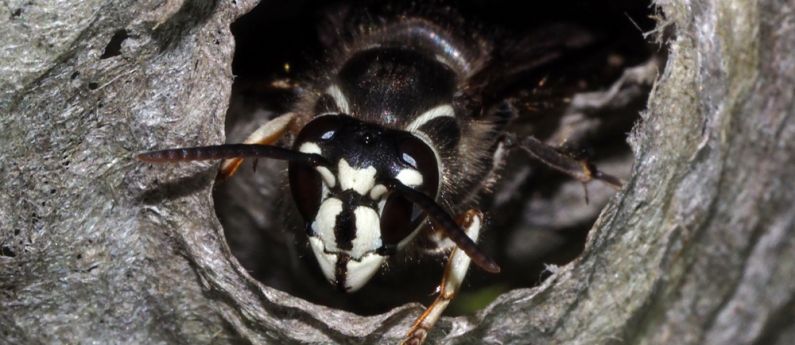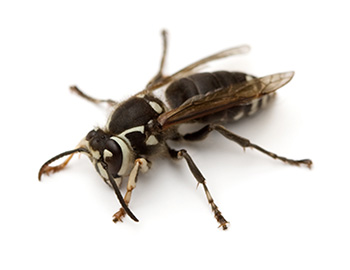 Want to know the bald-faced truth about these intimidating stinging insects? Here's a roundup of 10 most common questions about bald-faced hornets (also known by their scientific name, Dolichovespula maculata).
Want to know the bald-faced truth about these intimidating stinging insects? Here's a roundup of 10 most common questions about bald-faced hornets (also known by their scientific name, Dolichovespula maculata).
Why are they called bald-faced hornets?
Bald-faced hornets are named for their ivory-white face coloration. (They are also sometimes called white-faced hornets.)
Where are bald-faced hornets found?
Geographically, bald-faced hornets are found on the west coast of the United States, in the Rocky Mountain areas, and throughout the Eastern half of the U.S. They are most common in the southeastern U.S.. Bald-faced hornets are also found in Canada.
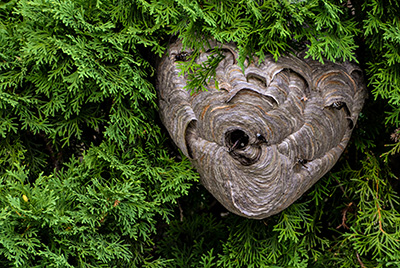 How aggressive are bald-faced hornets?
How aggressive are bald-faced hornets?
Bald-faced hornets can be quite aggressive when their space is invaded or the nest is disturbed, presenting a significant stinging hazard. It is reported that they will go for the facial area when they attack humans.
Where do bald-faced hornets nest?
Bald-faced hornets often nest in trees or bushes, typically in higher aerial locations 10-12 feet off the ground.
How big do bald-faced hornet nests get?
Bald-faced hornet nests often grow to basketball size or larger. Peak nest populations are 400 or more workers. The nests are covered with paper carton and have a single opening where the bald-faced hornet workers enter and exit.
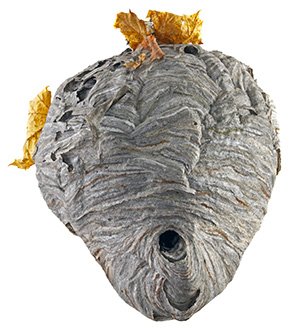 What do bald-faced hornets eat?
What do bald-faced hornets eat?
Bald-faced hornets typically only forage for live prey but occasionally will scavenge for sugars. This species primarily preys on flies and other insects for protein.
Are bald-faced hornets related to yellowjackets?
Bald-faced hornets are technically a type of yellowjacket, although they are larger, with thicker bodies and white markings instead of black.
What does a bald-faced hornet sting feel like?
According to the Schmidt Sting Pain Index, a sting from a bald-faced hornet feels "similar to getting your hand smashed in a revolving door".
Do bald-faced hornets serve any beneficial purpose?
Bald-faced hornets are sometimes considered beneficial because they kill other small insects, including flies. The danger posed by a nest and a large colony, however, usually outweighs any beneficial purpose.
How do I keep bald-faced hornets away from me?
If you have a bald-faced hornet nest on your property, the safest move is to call a professional pest control operator to remove it.
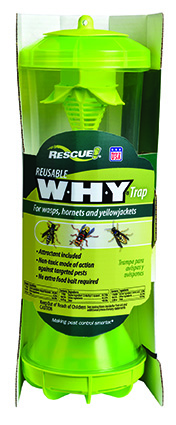 RESCUE! has several products to control bald-faced hornets:
RESCUE! has several products to control bald-faced hornets:
The W·H·Y® Trap for Wasps, Hornets & Yellowjackets: Place this trap at least 20 feet away from a known bald-faced hornet nest. The W·H·Y® Trap can also be used spring to catch emerging bald-faced hornet queens before they start a new nest.
The TrapStik® for Wasps, Mud Daubers & Carpenter Bees: Place this trap as close as safely possible to a bald-faced hornet nest. Within several days, TrapStik® should deplete the nest of enough insects that it may be safe to spray it (but again, the safest move is to call a professional).
To repel bald-faced hornets, you can wear the Yellowjacket Repellent GoClip® whenever your outdoor activities may put you in contact with these insects.
Where to buy RESCUE! traps and repellents for bald-faced hornets
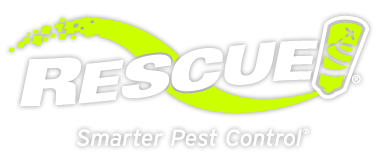

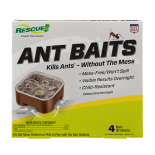 Ant Baits
Ant Baits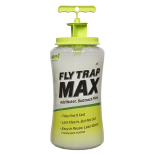 Fly Trap Max
Fly Trap Max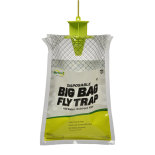 Fly Trap, Big Bag
Fly Trap, Big Bag 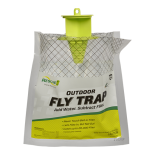 Fly Trap, Disposable
Fly Trap, Disposable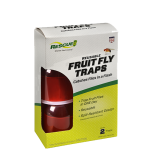 Fly Trap, Fruit Fly
Fly Trap, Fruit Fly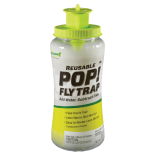 Fly Trap, POP! Fly
Fly Trap, POP! Fly 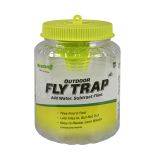 Fly Trap, Reusable
Fly Trap, Reusable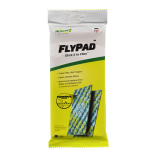 FlyPad
FlyPad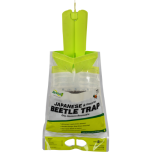 Japanese & Oriental Beetle Trap
Japanese & Oriental Beetle Trap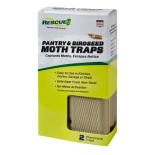 Pantry & Birdseed Moth Trap
Pantry & Birdseed Moth Trap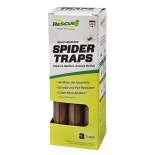 Spider Trap
Spider Trap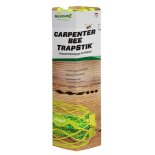 TrapStik, Carpenter Bee
TrapStik, Carpenter Bee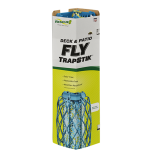 TrapStik, Deck & Patio Fly
TrapStik, Deck & Patio Fly 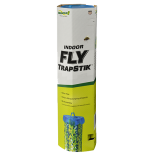 TrapStik, Indoor Fly
TrapStik, Indoor Fly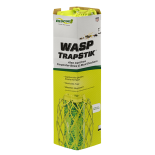 TrapStik, Wasp
TrapStik, Wasp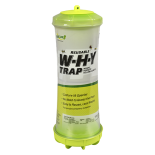 W·H·Y Trap for Wasps, Hornets & Yellowjackets
W·H·Y Trap for Wasps, Hornets & Yellowjackets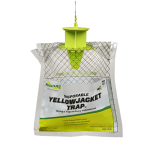 Yellowjacket Trap, Disposable
Yellowjacket Trap, Disposable 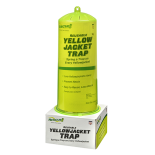 Yellowjacket Trap, Reusable
Yellowjacket Trap, Reusable 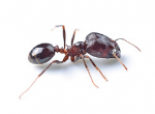 Ants
Ants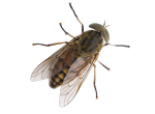 Biting Flies
Biting Flies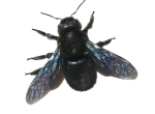 Carpenter Bees
Carpenter Bees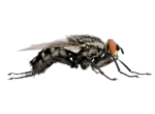 Flies
Flies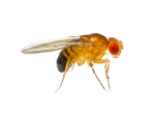 Fruit Flies
Fruit Flies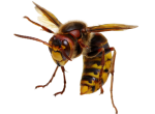 Hornets
Hornets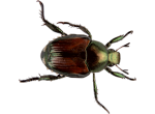 Japanese Beetles
Japanese Beetles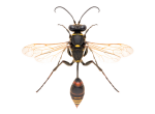 Mud Daubers
Mud Daubers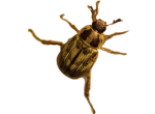 Oriental Beetles
Oriental Beetles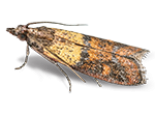 Pantry & Birdseed Moths
Pantry & Birdseed Moths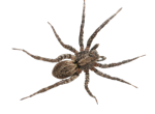 Spiders
Spiders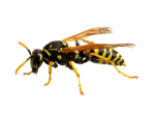 Wasps
Wasps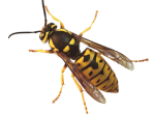 Yellowjackets
Yellowjackets